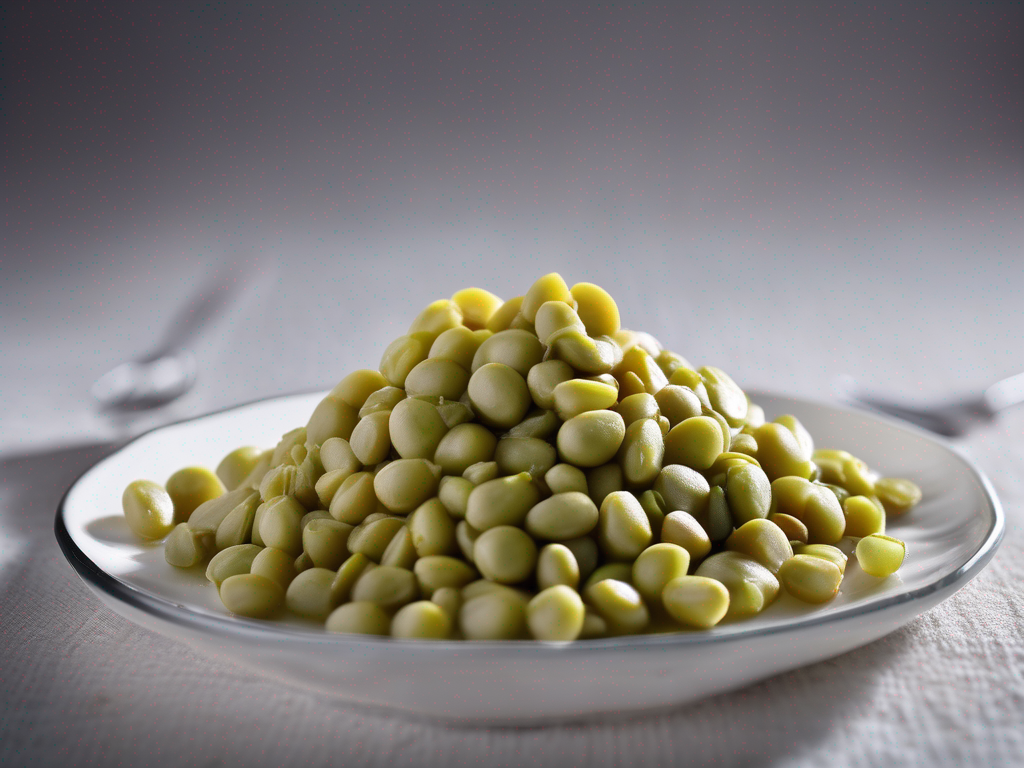
Easy Ways to Extend the Shelf Life of Cooked Split Peas in the Pantry
Get Your Free Food Safety Cheat Sheet
30 most common foods with instant answers. Print it and stick it on your fridge—completely free!
Easy Ways to Extend the Shelf Life of Cooked Split Peas in the Pantry
Cooked split peas are a versatile and nutritious ingredient that can be used in a variety of dishes, from soups and stews to salads and dips. Properly storing cooked split peas is essential to maintain their freshness and flavor. In this blog post, we will discuss some easy ways to extend the shelf life of cooked split peas in your pantry. (Cooked split peas)
Why Proper Storage Matters
Properly storing cooked split peas helps prevent spoilage and maintain their quality. Here are some key reasons why proper storage is important:
- Prevent Bacterial Growth: Cooked split peas are prone to bacterial growth if not stored correctly, which can lead to foodborne illnesses.
- Maintain Freshness: Proper storage helps retain the flavor, texture, and nutritional value of cooked split peas.
- Reduce Food Waste: By extending the shelf life of cooked split peas, you can reduce food waste and save money.
Tips for Extending the Shelf Life of Cooked Split Peas
Follow these simple tips to ensure that your cooked split peas stay fresh and safe to eat for longer periods:
- Allow to Cool Properly: Before storing cooked split peas, allow them to cool to room temperature to prevent condensation buildup, which can promote bacterial growth.
- Use Airtight Containers: Transfer the cooked split peas to airtight containers or resealable bags to protect them from moisture and air exposure.
- Label and Date: Always label the containers with the date of cooking to keep track of freshness and ensure you use them within a reasonable time frame.
- Store in a Cool, Dark Place: Keep the containers of cooked split peas in a cool, dark pantry or cupboard away from heat sources and sunlight.
- Avoid Cross-Contamination: Store cooked split peas away from raw meats, poultry, and seafood to prevent cross-contamination and foodborne illnesses.
Shelf Life of Cooked Split Peas
The shelf life of cooked split peas can vary depending on how they are stored. Here are some general guidelines to help you determine the freshness of cooked split peas:
- Refrigerator: Cooked split peas stored in the refrigerator can last for up to 4-5 days.
- Freezer: If properly frozen, cooked split peas can last for up to 6-8 months.
- Pantry: When stored in a cool, dark pantry, cooked split peas can last for 2-3 days.
Signs of Spoilage
It's essential to recognize the signs of spoilage in cooked split peas to avoid consuming unsafe food. Here are some common indicators that your cooked split peas may have gone bad:
- Unpleasant Odor: If the cooked split peas have a sour or off-putting smell, they should be discarded.
- Mold Growth: Any visible mold on the surface of the cooked split peas is a clear sign of spoilage.
- Slimy Texture: If the cooked split peas feel slimy or slippery to the touch, they are no longer safe to eat.
- Off Color: Discoloration or a change in the color of the cooked split peas indicates spoilage.
Conclusion
By following proper storage practices and guidelines, you can extend the shelf life of cooked split peas in your pantry and enjoy their delicious flavor and nutritional benefits for longer. Remember to store them in airtight containers, label and date them, and keep them in a cool, dark place to maintain their freshness. Being mindful of signs of spoilage and practicing good food safety habits will help you make the most of your cooked split peas while minimizing food waste. (Cooked split peas)
Authoritative Food Safety References
These agencies and university labs inform every tip and health precaution we publish.
USDA FoodKeeper – Cold Storage Guidelines
Official refrigerator, freezer, and pantry timelines maintained by the U.S. Department of Agriculture.
Visit USDA FoodKeeperFDA Produce Safety Rule & Grower Guidance
Field-to-fridge handling practices that prevent contamination of fruits, vegetables, and leafy greens.
Visit FDA Produce SafetyCDC Foodborne Illness Prevention Hub
Surveillance-backed guidance on pathogens, symptoms, and steps to reduce foodborne illness risk.
Visit CDC Food SafetyUC Davis Postharvest Technology Center
University research detailing optimal storage atmospheres for produce after harvest.
Visit UC Davis PostharvestPenn State Extension – Home Food Preservation & Safety
Peer-reviewed extension bulletins on safe canning, chilling, and reheating practices.
Visit Penn State ExtensionGet Your Free Food Safety Cheat Sheet
30 most common foods with instant answers. Print it and stick it on your fridge—completely free! Want more? Upgrade to the complete guide with 70+ foods.
Scan your food directly and get instant safety info using our AI-powered camera feature.